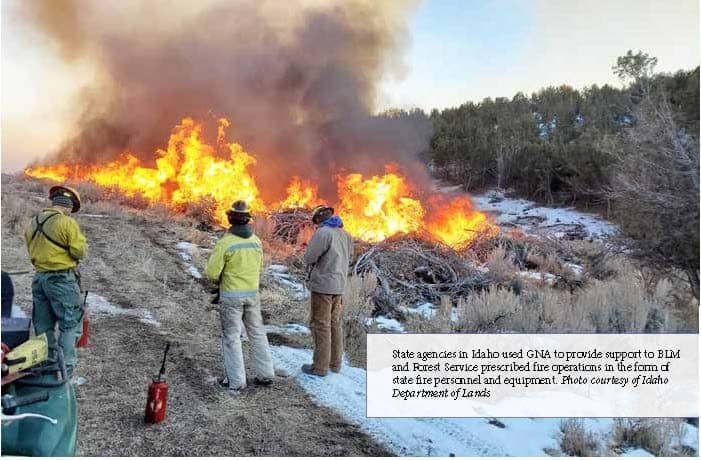Here is a link to a report by Rural Voices for Conservation Coalition (RVCC) on the use of Good Neighbor Authority- extensive and comprehensive. There’s a section on key findings that’s a good summary. Below are the implications.
Key Implications• Use of GNA will likely continue to look different across states and forest types due to differences in timber value, proximity to market, state capacity, existing agency programs and priorities, restoration needs, and other factors.
• The frequent inclusion of commercial restoration in Good Neighbor agreements among states most actively using the authority suggests the ability to generate and retain revenue is contributing to greater engagement with authority.
• State and region-level variation in GNA tracking and reporting, as well as trends toward writing agreements broadly and flexibly, could make it difficult to evaluate and report accomplishments and outcomes associated with GNA in a unified way. Such reporting may be important as the statute governing state management of revenue is set to expire in 2023 and would need reauthorization to continue.
• Across the states we examined, the authority was largely being used as a tool to implement projects that had been planned under NEPA, as opposed to state and federal partners planning projects with the express intent of implementing them through the authority. This trend suggests that thus far, GNA has not generally been used or considered as an avenue for collaborative planning.
• Counties and tribes were largely just beginning to explore the authority’s utility for accomplishing restoration and capacity-building goals.
• Positive perceptions among state and Forest Service employees about GNA’s potential to increase capacity for implementing restoration activities on federal lands, utilize and leverage specific expertise and capabilities of state agencies, increase treatment efficiency, and strengthen relationships between states and the Forest Service suggest the tool itself and the state-federal partnership it perpetuates will remain strong.
• There remains a need to more systematically evaluate and define the additive benefits of GNA. This could be aided by new or modified systems for tracking revenue generation and expenditure, partner contributions, and non-commercial restoration accomplishments associated with GNA timber sales.
Notes from Sharon:
* As to the Tribes just beginning to use the authority, I believe at the present time Tribes currently can’t keep funding the same way States can; and a change is currently being worked on in Congress.
* I liked how the authors separated and defined non-commercial and commercial restoration activities; seems very helpful.
*As to “new or modified systems for tracking”, I think the accomplishment and expenditure system for vegetation management could use a total revamp (including GNA), based on the kind of information needed to manage effectively today, not whenever it was developed. Including transparency with States, Congress, and stakeholders. Even without that, it seems useful to develop some kind of standardized approach before units diverge too much.
